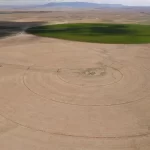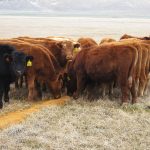Taking care of the Alpine! Get to know the life above treeline
From the 'knock-your-socks-off colors' of mountain wildflowers to 'feisty' pikas, sunbathing marmots and cold-adapted ptarmigans and big-horn sheep, Summit County's Alpine tundra has a lot to offer — if humans help protect it
Summit Daily

Marty Richardson/Courtesy photo
For most of the year, snow covers Colorado’s highest peaks. Above about 11,000 feet, cold blustery winds can be relentless through the winter.
But summer can transform these Alpine tundra environments into scenery blossoming with life. For a few short weeks between late June and the end of August, wildflowers bloom magnificent colors as yellow-bellied marmots soak up the sun and pikas scurry around the rocks.

As the name would suggest, much of Summit County exists above tree line, meaning these beautiful — but highly fragile — Alpine environments are not far away anywhere in the county.
“You have this short period, mostly in the second half of summer, where you can actually see these plants blooming,” said Karn Stiegelmeier, a longtime resident of Summit County and the current chair of the Eagle-Summit Wilderness Alliance’s board of directors. “It’s just amazing to look at them and think about how they survived for 10 months and now they’re blooming again.”
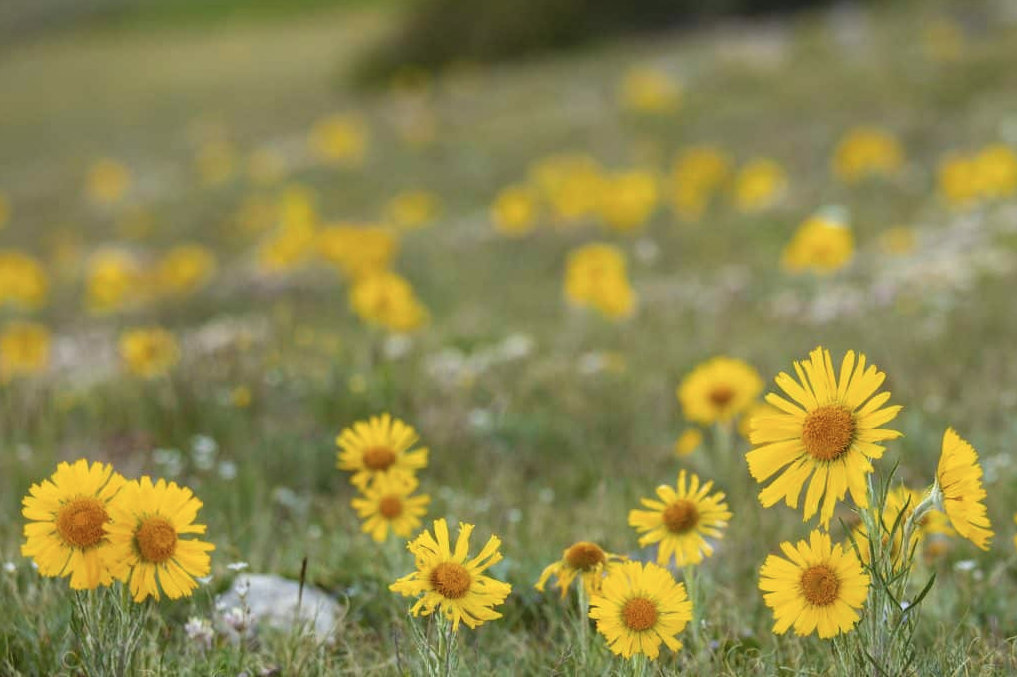
Hikers who explore these rocky peaks will find much to appreciate. However, U.S. Forest Service scientists, as well as local enthusiasts like Stiegelmeier, say anyone exploring these areas should be cautious of where they are stepping and stay on marked trails to protect these important ecosystems.
“The Alpine environment is very delicate,” said Elizabeth Roberts, an ecologist with the White River National Forest. “It’s up to recreationalists to make the decision to stay in the designated areas. People can damage the Alpine tundra so that flora and plant life will struggle to reestablish itself.”
Alpine tundra environments are found at high elevations worldwide, according to Colin Lee, a horticulturist with Betty Ford Alpine Gardens in Vail. Colorado’s Rocky Mountains host over 300 endemic Alpine species that can’t be found anywhere else, he said.
Almost all the wildflowers found in the Alpine tundra are perennials, meaning they regrow every spring, as opposed to annual plants, which live for one growing season before dying off. This adaptation — to regrow rather than reproduce from seed every year, which requires much more energy — is just one of many adaptations Alpine flora have acquired through millennia to survive in the harsh climate above tree line.
“These plants have to get through their whole reproductive cycles, sometimes as short as six or three weeks,” Roberts said. “That is a very impressive process that we want to leave undisturbed.”
Almost as soon as the snow starts to melt, flowers start to bloom, starting with yellow glacier lilies. With no trees for protection, wildflowers and other plants in the Alpine tundra grow low to the ground and tuck themselves into fellfields and rock crevices, Roberts said.
Many Alpine plants are cushion plants, which form mats that can look like ground-hugging clumps of moss, according to the National Parks Service. Numerous flowering plants at this elevation have dense hairs to protect against the wind, and some cushion plants have long taproots that snake deep into the rocky soil.

Species of wildflowers found in the Alpine tundra are often related to those found at lower elevations, Roberts said, but are usually dwarfed versions adapted to the severe conditions. This includes Alpine sunflowers, Alpine columbine and many other species.
“My favorites are the Alpine forget-me-nots and the moss campion,” said Stiegelmeier. “They tend to grow up together up there and create the contrast of the pretty blue and the pretty pink. It’s just awe-striking — awesome — that these plants survive.”
Marty Richardson, a former Summit County resident who led wildflower hikes with Colorado Mountain College for more than 12 years, noted that the Alpine tundra in Colorado has some of the northernmost 14ers in the contiguous United States. Such elevations aren’t found again in the northern Rockies for hundreds of miles, up in Canada.
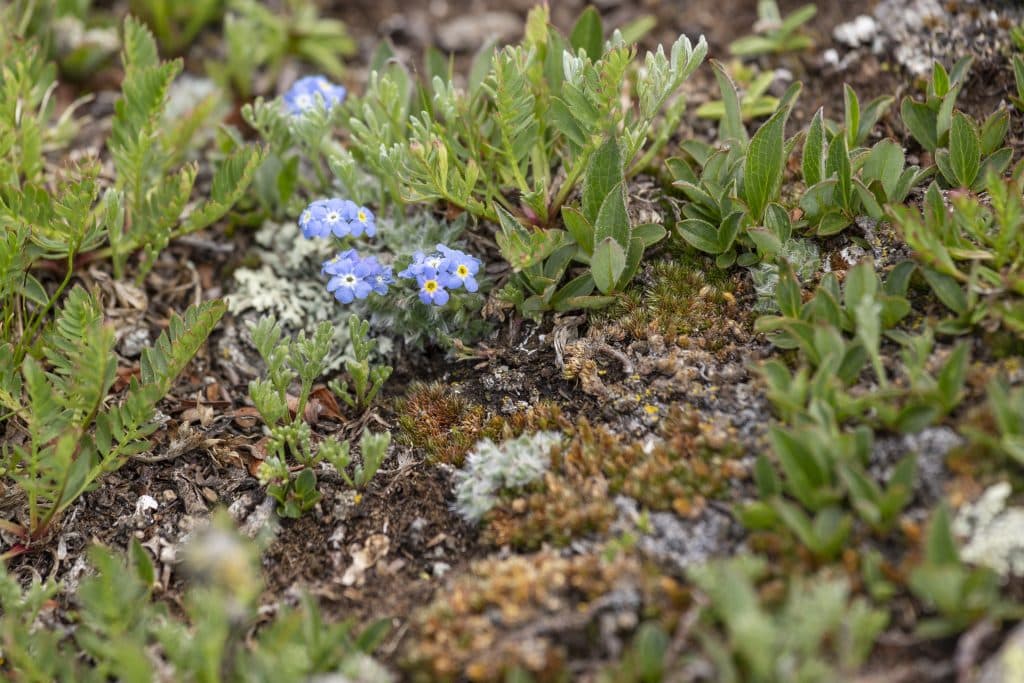
“We have a lot of plants here in Colorado that are disjunct populations that were left here when the last ice age receded,” Richardson said. “And you won’t see them again — if ever — until you get to much further north territory.”
Areas such as Vail Pass, Loveland Pass and Arapahoe Basin Ski Area — where visitors can often drive and park or take a chairlift up into the Alpine tundra — are great spots to view mountain wildflowers in and around Summit County, Richardson said. To find lush patches of Alpine paintbrushes and columbines, look for where mountain streams flow through the Alpine tundra, she said.
“When you’re in the Alpine, especially in the Southern Rockies, the amount of solar is just intense, and because of that you’re going to see a lot of plants that have very intense colors in response,” Richardson said. “Brilliant blues and pinks and yellows in particular. Just really knock-your-socks-off colors.”
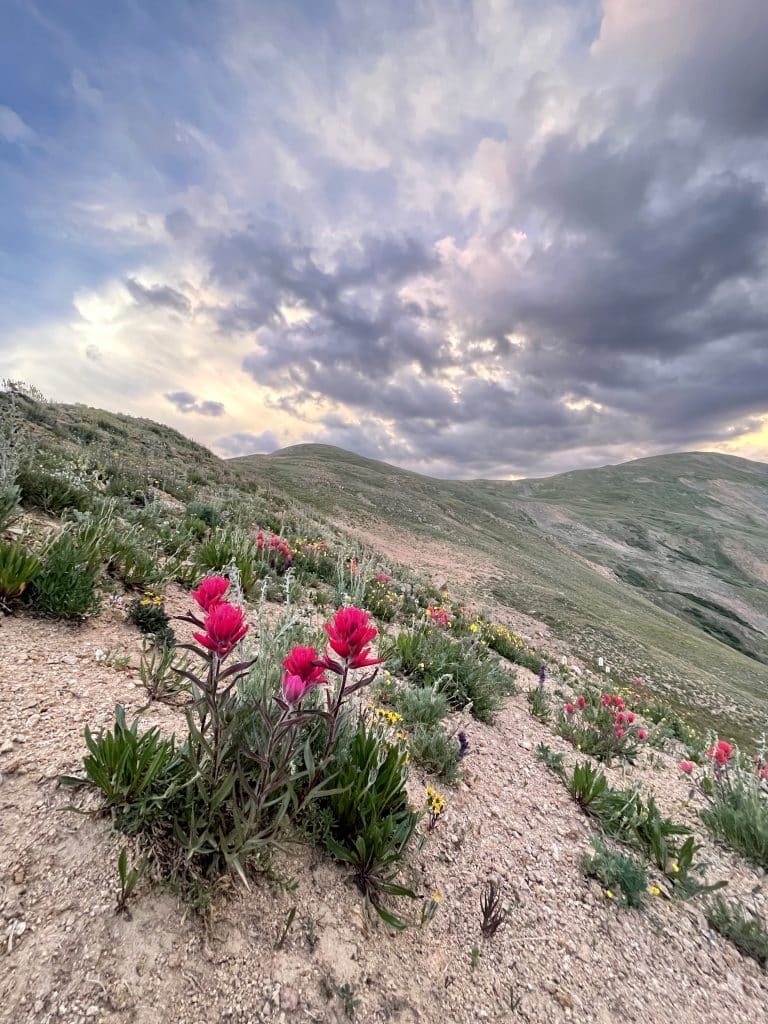
In addition to the beauty of these wildflowers, hikers should come to appreciate the longevity of many Alpine plants, she said. Many species grow for decades in the same spot but can die off quickly if trampled by people or dogs.
“Some of them can be more than 100 years old if they’re really large patches,” Richardson said. “And if somebody steps on them, they’re gone.”
According to Jen Prusse, a wildlife biologist with the White River National Forest, protecting Alpine plants also helps protect wild animals that live at these elevations — such as pikas and marmots, bighorn sheep and ptarmigan.
“The tiny feisty pika looks like a tiny potato with Mickey Mouse ears,” Prusse said. These small Alpine mammals conduct over 14,000 foraging trips every summer to collect grasses and wildflowers and stash them near their dens, she said.
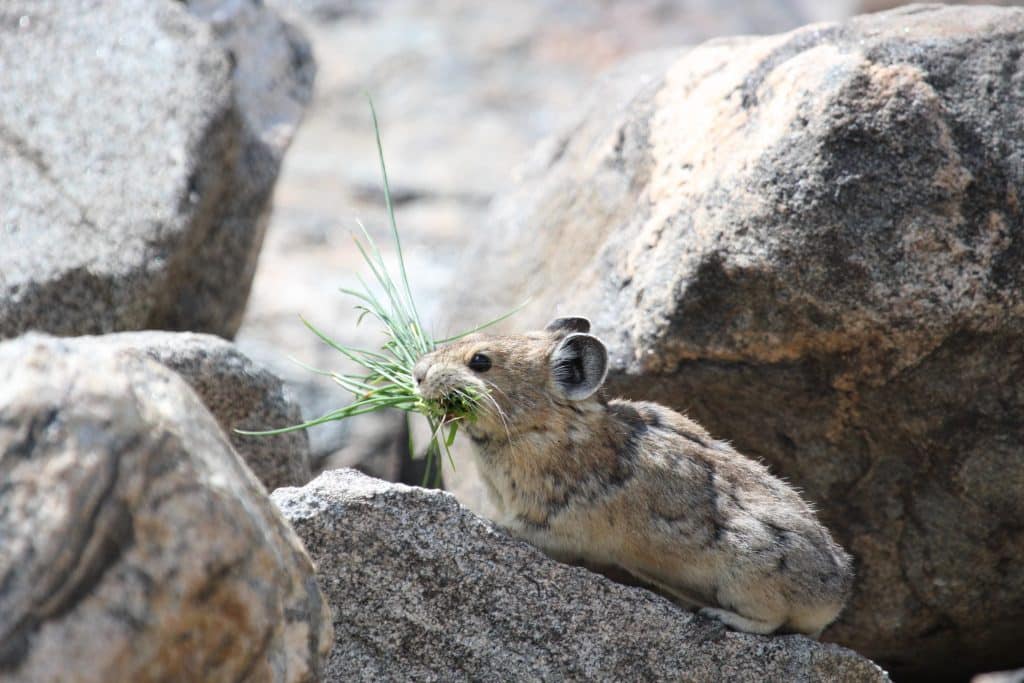
Pikas are highly territorial and can pile up as much as 62 pounds of plant matter near their dens to create a store of food for the long winter, according to Prusse. The mouse-like creatures will sometimes be seen getting into “boxing matches,” she said, as they steal from each other’s piles.
Somewhat bigger than pikas are marmots, another Alpine mammal. These large ground squirrels can often be found soaking in the sunshine in the summer and have adapted to hibernate through the winter, often cuddled together in dens of 10 or more, Prusse said.
Meanwhile, bighorn sheep which, unlike mountain goats, are native to Colorado, have adapted a thick, double-layered coat with a soft inner layer and thick outer guard hairs. With hooves adept at navigating steep terrain and horizontal pupils to help them see approaching predators, bighorn sheep can sometimes be found scaling treacherous mountain outcroppings in the Alpine tundra, according to Prusse.
Of all of Colorado’s birds, only one — the white-tailed ptarmigan — lives in the Alpine tundra year-round. Masters of camouflage, ptarmigans’ feathers are pure white in the winter and in the summer are gradually replaced by mottled black, brown and tan that blends in with the rocky terrain.
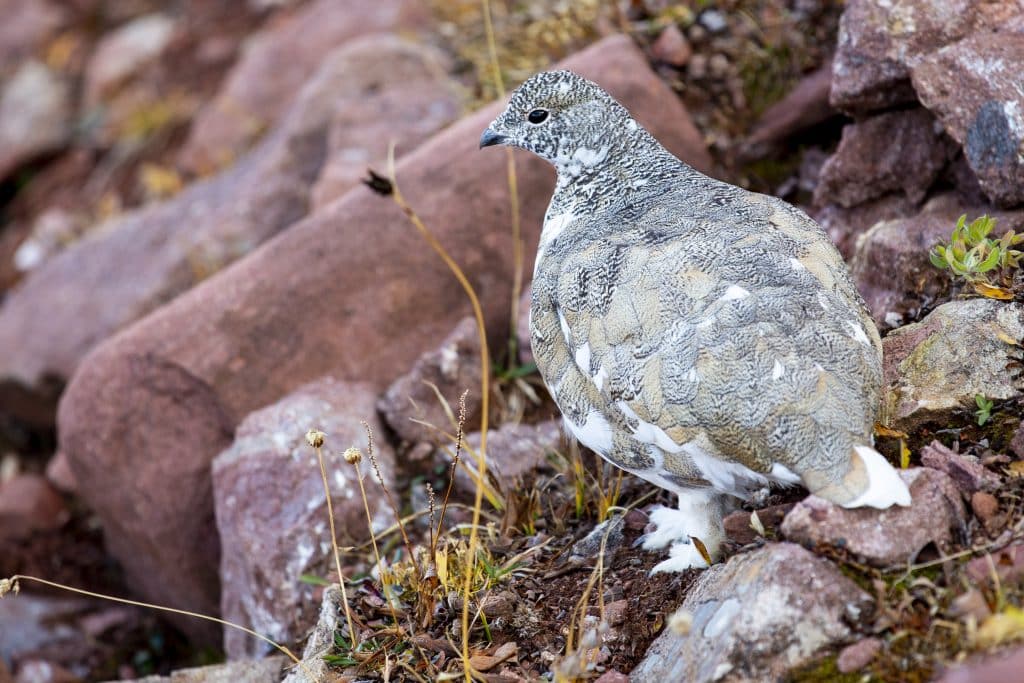
Because of the short summers and harsh conditions in the Alpine tundra, wildlife that lives at these elevations can be especially impacted by human disturbance, Prusse said. People should keep their dogs leashed in these areas to prevent them from chasing wildlife, rummaging through sensitive plant life and habitat, or eating bird eggs, she said.
Even in the summer, there can be a harsh climate in the Alpine with chillier temperatures than lower elevations and dangerous lightning storms that hikers should be prepared to avoid by checking the forecast and dipping below tree line by afternoon, when the storms tend to occur.
Moreover, hikers should remain on trail and practice the “Rule of Thumb” to stay safe around wildlife, Prusse said. The Rule of Thumb is a general guideline for how far away to stay from wild animals. If you hold your arm out at shoulder level with your thumb up, it should fully cover the creature. That roughly translates to about 100 yards for larger animals and about 25 yards for smaller ones, she said.
With human-caused climate change, snowmelt is occurring one to three weeks earlier in Alpine tundra environments, and the tree line is creeping ever higher, shrinking the ecosystem, Prusse said. Adaptation occurs slowly in the Alpine, and cold-adapted species need long winters to survive, she said.
So those who explore these elevations should leave with a new appreciation of this “land above trees” and do what they can to help protect the environment for generations to come.

This story is from Summit Daily.

Support Local Journalism

Support Local Journalism
The Sky-Hi News strives to deliver powerful stories that spark emotion and focus on the place we live.
Over the past year, contributions from readers like you helped to fund some of our most important reporting, including coverage of the East Troublesome Fire.
If you value local journalism, consider making a contribution to our newsroom in support of the work we do.

